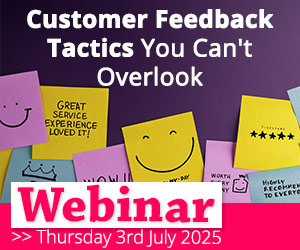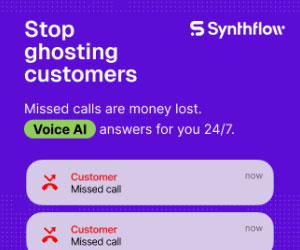CallMiner have released the latest version of Eureka Speech Analytics.
The updated version includes several enhancements designed to streamline the analytics process, including Semantic Building Blocks.
This new functionality can allow contact centres to identify calls and customer contacts that contain specific behaviours or conversational flow – through the reuse of previously defined language searches or analytical queries.
The contact analytics process is being further simplified by allowing analysts to leverage categories (previously defined queries that automatically tag calls containing certain topics) as building blocks in the creation of subsequent searches or categories.
This permits analysts to use all of the same search logic currently supported in Eureka to stitch together conversational flow analysis without the complexity of coding lengthy queries.
The following types of conversational analysis can also become easier to achieve, improving an organisation’s ability to measure agent performance and extract key business intelligence from customer interactions:
- Identifying timely or undesired agent behaviour within any location of the call – Agents who are putting customers on hold within the first 30 seconds to finish wrap-up notes from the previous call.
- Trending sentiment – Calls that begin negative but end on a positive note.
- Correlating topics – Customer sentiment or competitor mentions, near product, service or promotion references.
- Measuring sequence of events – Compliance statements that must occur within a specified order (mini-Miranda after right party contact), sales procedures that drive revenue (gold plan offer before silver), and service best practices that improve the customer experience (empathy after expressions of dissatisfaction).

Erik Strand
“The number one request from our customers, by far, was the addition of Semantic Building Blocks,” said Erik Strand, Vice President of Product at CallMiner. “One of the most exciting parts of this new feature is that it supports a ‘build once, use multiple’ paradigm, removing a lot of repetitive work from the equation, which makes the analytics process much quicker and easier.”
For more information about CallMiner, visit their website.
Author: Megan Jones
Published On: 12th Nov 2014 - Last modified: 22nd Mar 2017
Read more about - Archived Content, CallMiner































